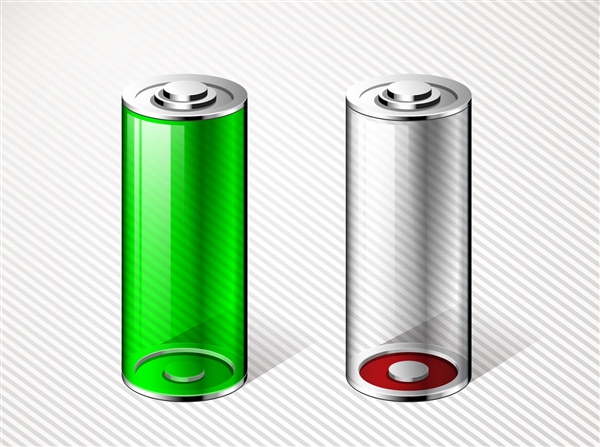When Discharging a Super Capacitor, Drain It All the Way!
Chris Glaser

When charging a super cap for a backup power system such as a solid-state drive (SSD) or portable medical system, the value, size and cost of the super cap is directly proportional to the holdup time required. Your system needs a minimum operating time once the user removes the system from the input power and operation switches over to the super cap. The goal is to make the super cap just large enough to power your system for the time that it takes to write critical information to nonvolatile memory and shut down. But sizing the super cap is not your only challenge.
Because the super cap’s voltage varies, a power supply is required between the super cap and system supply-voltage rail. Since the rated voltage of a super cap is generally only a few volts, a step-up converter is needed to boost this voltage to the 3.3V, 5V or 12V system rail. If you only want to discharge your super cap to 2.5V, then this bidirectional backup power solution would be a good fit between the super cap and system rail.
But discharging the super cap to only 2.5V leaves quite a bit of energy left in the super cap when the system turns off. The energy stored in a super cap is equal to ½ CV2. As an example, charging a 1F super cap to 5V from your input supply and discharging it to only 2.5V extracts about 9.4J of energy from the cap. But if this same super cap powers the system down to 0.7V, about 12.2J of energy is extracted – an increase of over 30%!
The low input voltage high current boost converter with TPS61088 TI Designs reference design shows a simple design to extract more energy from a super cap or other very-low-input voltage source such as single-cell alkaline or nickel batteries. The high-power TPS61088 step-up converter does the heavy lifting of converting the super cap’s energy to the system’s voltage rail. The tiny and low-power TLV61220 step-up converter provides the bias voltage to power the TPS61088. This small and low-cost additional circuitry is the key to extracting almost all of the energy from your super cap. Figure 1 shows a basic block diagram of the system.
 Figure 1 The PMP9772 Reference Design
Fully Drains a Super Cap or Battery by Powering the High-power TPS61088 With the Low-power TLV61220
Figure 1 The PMP9772 Reference Design
Fully Drains a Super Cap or Battery by Powering the High-power TPS61088 With the Low-power TLV61220For your SSD or portable system, get the most out of your super cap by draining it all the way. A tiny and low cost boost converter extracts 30% more energy from the same size super cap. What other systems would you like to drain all the energy out of?
IMPORTANT NOTICE AND DISCLAIMER
TI PROVIDES TECHNICAL AND RELIABILITY DATA (INCLUDING DATASHEETS), DESIGN RESOURCES (INCLUDING REFERENCE DESIGNS), APPLICATION OR OTHER DESIGN ADVICE, WEB TOOLS, SAFETY INFORMATION, AND OTHER RESOURCES “AS IS” AND WITH ALL FAULTS, AND DISCLAIMS ALL WARRANTIES, EXPRESS AND IMPLIED, INCLUDING WITHOUT LIMITATION ANY IMPLIED WARRANTIES OF MERCHANTABILITY, FITNESS FOR A PARTICULAR PURPOSE OR NON-INFRINGEMENT OF THIRD PARTY INTELLECTUAL PROPERTY RIGHTS.
These resources are intended for skilled developers designing with TI products. You are solely responsible for (1) selecting the appropriate TI products for your application, (2) designing, validating and testing your application, and (3) ensuring your application meets applicable standards, and any other safety, security, or other requirements. These resources are subject to change without notice. TI grants you permission to use these resources only for development of an application that uses the TI products described in the resource. Other reproduction and display of these resources is prohibited. No license is granted to any other TI intellectual property right or to any third party intellectual property right. TI disclaims responsibility for, and you will fully indemnify TI and its representatives against, any claims, damages, costs, losses, and liabilities arising out of your use of these resources.
TI’s products are provided subject to TI’s Terms of Sale (www.ti.com/legal/termsofsale.html) or other applicable terms available either on ti.com or provided in conjunction with such TI products. TI’s provision of these resources does not expand or otherwise alter TI’s applicable warranties or warranty disclaimers for TI products.
Mailing Address: Texas Instruments, Post Office Box 655303, Dallas, Texas 75265
Copyright © 2023, Texas Instruments Incorporated